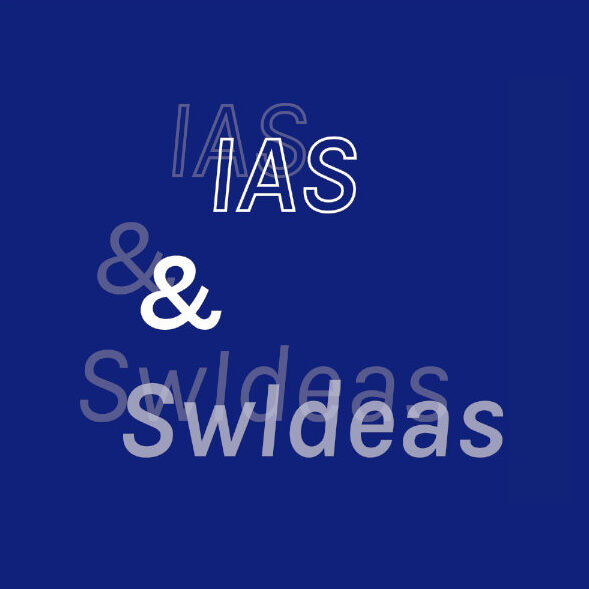
Collaboration | Competition Entry
The Urban Academy Bid:
IAS and SwIdeas
In November 2022, International Architects Sweden (IAS) was invited by Malmöstad (Malmö’s municipality) to enter a bid for the project Urban Academy.
IAS teamed up with SwIdeas to draw a plan and the bid proposal for the project.
Project bid prepared by IAS and SwIdeas.
Project Plan
The plan reflects a summary of the areas we believe should be investigated. A more in-depth discussion about the implementation of the investigations is needed, given the project's schedule and budget. The investigation phase may need to be extended to obtain more concrete results that can be used to develop the tools for the pilot project.
The details of the pilot project will be described in more depth after the information from the surveys has been collected and the results have been considered.
Introduction
The architecture industry can be complex when it comes to issues of diversity and inclusion. The industry's nature requires a certain type of person to become an architect; creative but with a sense of problem-solving and understanding of cultural values and norms. The image of an architect has long been portrayed as a white straight male figure from a middle to upper-middle-class background basic. This image is still used to some extent in the media and is unfortunately prominent and it does contribute to the lack of diversity in the profession.
In addition to the above, there is the sensitive nature of the design process and where the creative ideas originate from can lead to a monotonous environment, making the profession more "choosy" when it comes to opening up to different types of people and representations.
The Swedish industry is not exempt from this. That which is more prominent in the field of architecture in Sweden is that the issue of diversity can often be related to racial discrimination more than other types of discrimination.
Surveys carried out by Arkitekten show that unemployment has consistently been higher among those born abroad architects, between 6-13 times higher depending on the market. This is most likely due to the power of immigrants to the country, including political refugees or war refugees over the years.
The lack of integration between the Swedes and the immigrants has resulted in a stigma attached to being foreign in this country.
Therefore, the main goal of this project is to increase diversity within Malmö's architecture industry. This will happen by increasing knowledge and awareness of the added value of having different teams within the local architecture sector, and give architects from underrepresented groups opportunities to access the local labour market.
The Urban Academy project aims to examine not only the mindset behind the image of an architect but also how that image could be recreated. The study should not only focus on individuals who are discriminated against but more importantly those who discriminate - some without even knowing they are. It is therefore important to target not only the underrepresented groups themselves but also to the employers/the local architecture industry.
Project Goals
- To get quantifiable information about the number of international architects in Malmö/Sweden and the obstacles they face when they are looking for a job in their field, which we can share with the Swedish and international architectural world.
- To examine the different target groups and their views on the architecture industry and the role of the architect.
- To increase awareness among the architecture industry in Sweden about the image of an architect and why it should be diverse and to raise awareness of the benefits of diversity at work, specifically related to hiring foreign-born, internationally educated or internationally experienced architects.
- To provide local industry with the knowledge and skills it needs to understand and relate to the diverse architectural culture.
Project Phase 1: Surveys, mapping and studies
Timetable: 2 months
Target groups
Three main groups to investigate (all including the newly arrived architects):
• Youth (high school)
• University students
• Local architects (those in employment including employees)
• Underrepresented groups
• Civil society organizations
Process
15 surveys will be conducted with underrepresented groups (international architects, those with underrepresented religions, gender, and disability), as well as 5 local architects/firms to gain an understanding of the current barriers faced by underrepresented groups in accessing the labour market in this field, as well as the current situation regarding diversity in the local architectural context.
To gain a deeper understanding of the tendency not to hire underrepresented groups, 5 will open interviews to be held with architects and 5 with representatives of civil society organizations working within the area of discrimination/social diversity. 5 interviews will also be held with underrepresented groups to do a deeper analysis of the challenges they face.
The data will be analyzed to form the basis of the evidence-based report on the barriers underrepresented groups face, and the proposed solutions for how these barriers can be dealt with.
Specifics
• Data collection must remain confidential unless otherwise agreed in writing
• Aim to focus on establishing positive change rather than “revealing” flaws
• Participation can be hindered by a fear of being "exposed" to a lack of diversity
• We must consider ALL participants
Experiments/research
The experiment with anonymous resumes:
This exercise will examine a sample group of Swedish employers with a series of CVs that do not show the applicant's name or background to test whether there is a difference between having anonymous applications or not.
Project Phase 2: Model Of Implementation
After gathering the information from the target groups, the team will lay out a plan for tool development for the pilot project. It is important that the tools that are developed can be applied on a larger scale – nationwide – over time and preferably to suitable for organizations such as Sweden's Architects, as well as the businesses that hire. The project will also investigate how this model can be sustained over time and not disappear due to lack of time in the political or economic climate.
Project Phase 3: Delivery Of Pilot Project
Time frame: 2.5 months
The pilot project will be based on the selected model in Project Phase 2 and will target 10 people from underrepresented groups. The project activities will take place for 2 months and a project report will be submitted before the timeframe is finalized, including an evaluation of the pilot project and recommendations for next steps as applicable to develop the pilot project into a full-fledged project. Although the detailed activities of the pilot project will depend on the results of project phase 2 - to ensure that it is needs-based - we anticipate that this phase contains:
- A 2-3 day training program for underrepresented groups on relevant topics such as the role of the architect in Sweden in comparison with other countries, the employment rights, the planning and construction process and the cultural ones lay the standards.
- Mentoring for underrepresented groups or reverse mentoring where underrepresented groups work brings local architectural firms in to inform them/raise awareness of diversity needs
- A one-day information program/training for employers in the field of architecture. Suggested subject: knowing bias/experiment with "anonymous CV".
- Networking/exchange events between established architects and international ones
Other suggested activities for future implementations // not part of the pilot project
The faces: Picture of an architect
A photo exhibition of architects from different backgrounds.
Open urban architecture in schools
Collaboration between young architects with different backgrounds and primary and secondary school students. The architect gives the school children a tour of a building in Malmö.
Diversity advocates
Because the image of an architect is the straight white man, and quite often those who are in the position to make a change are the white privileged men, should a call be made to interview these men and gain their support or gather the diversity agenda.
Written by Fatima Grand (IAS) and Emily Hanna (SwIdeas).
Read More
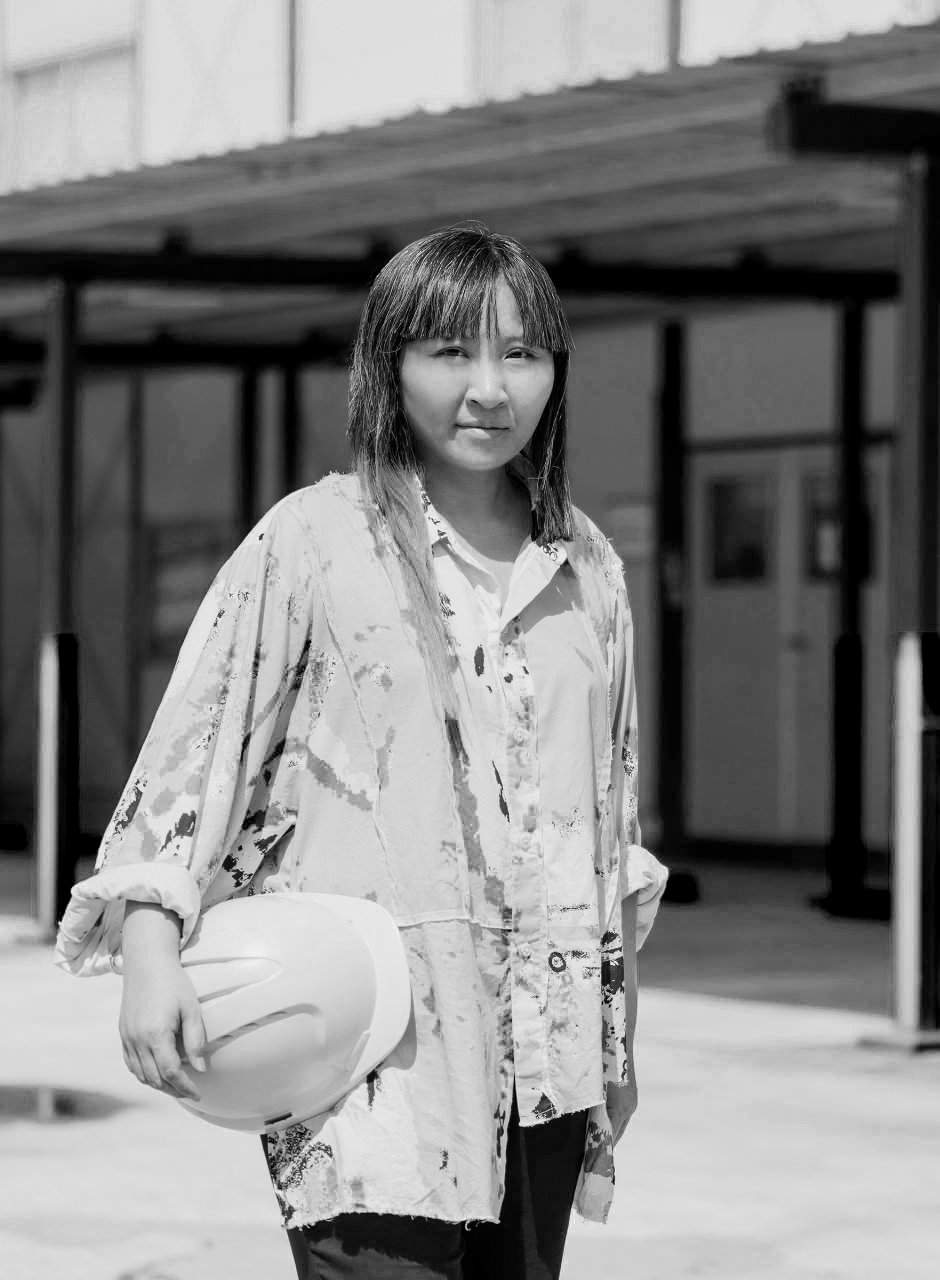
Vivien Leong || SingaporeGlobal Dialogues
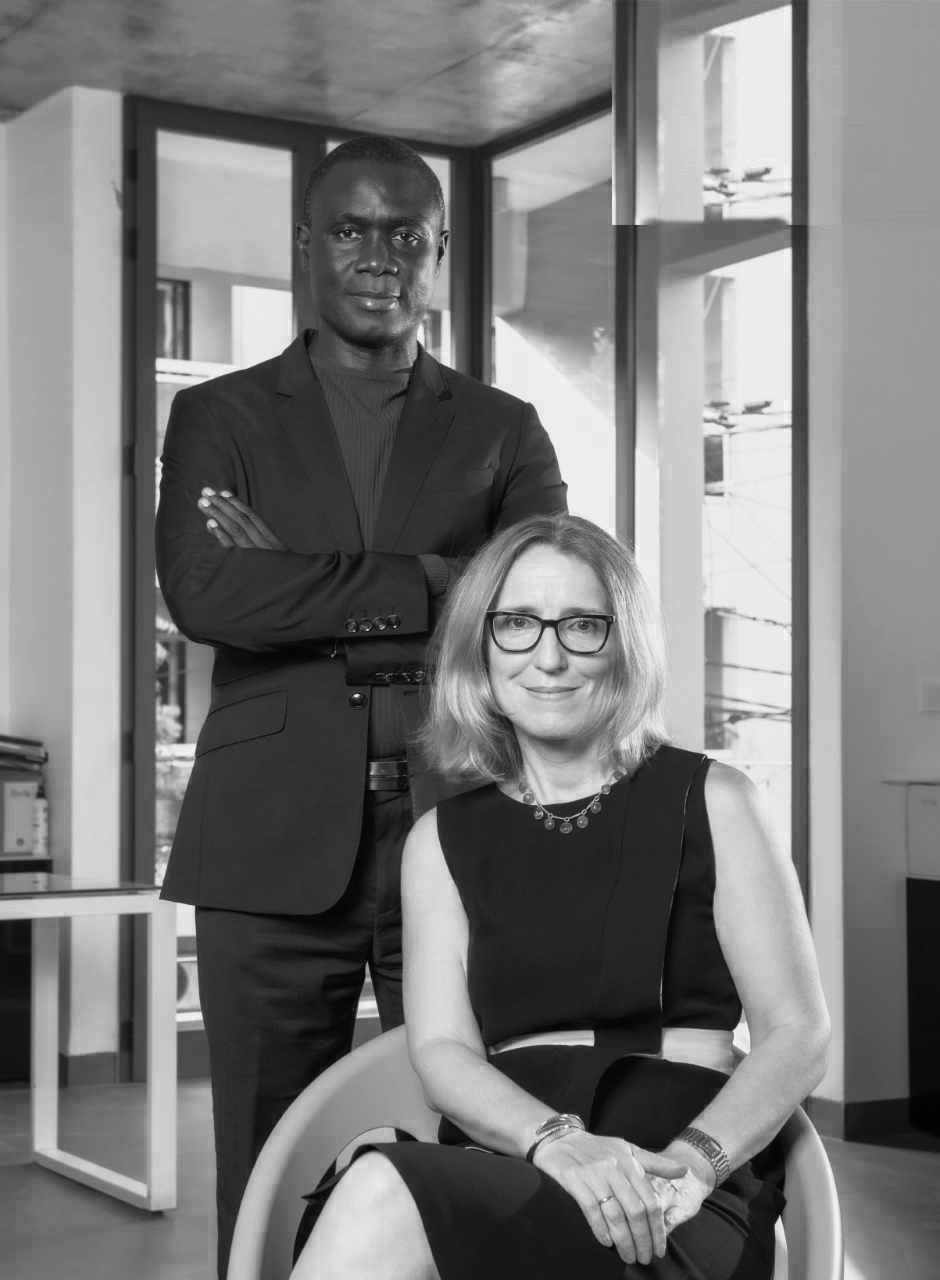
SENE STUDIO|| SenegalInterview
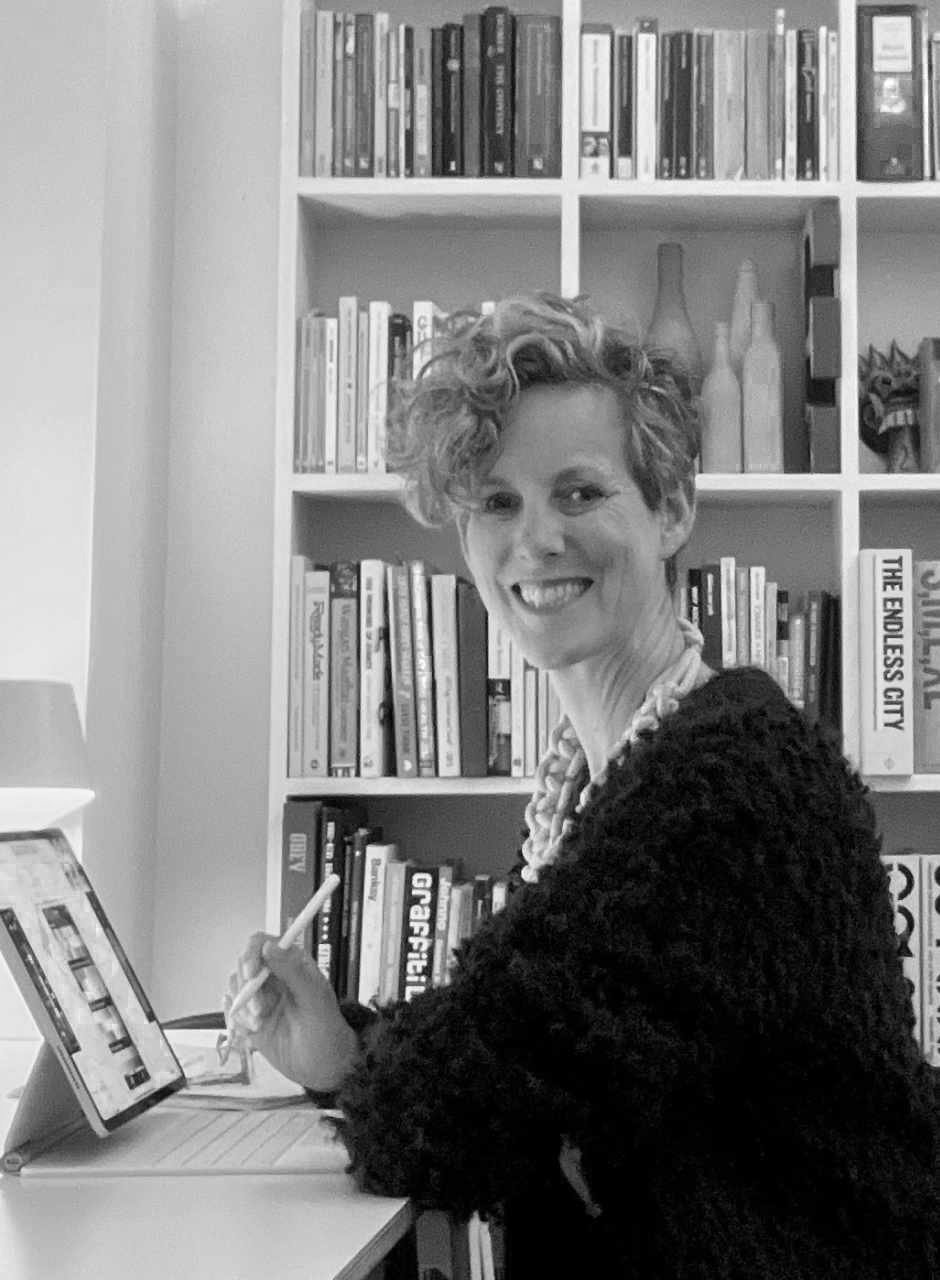
Angela Dapper|| AustraliaGlobal Dialogues
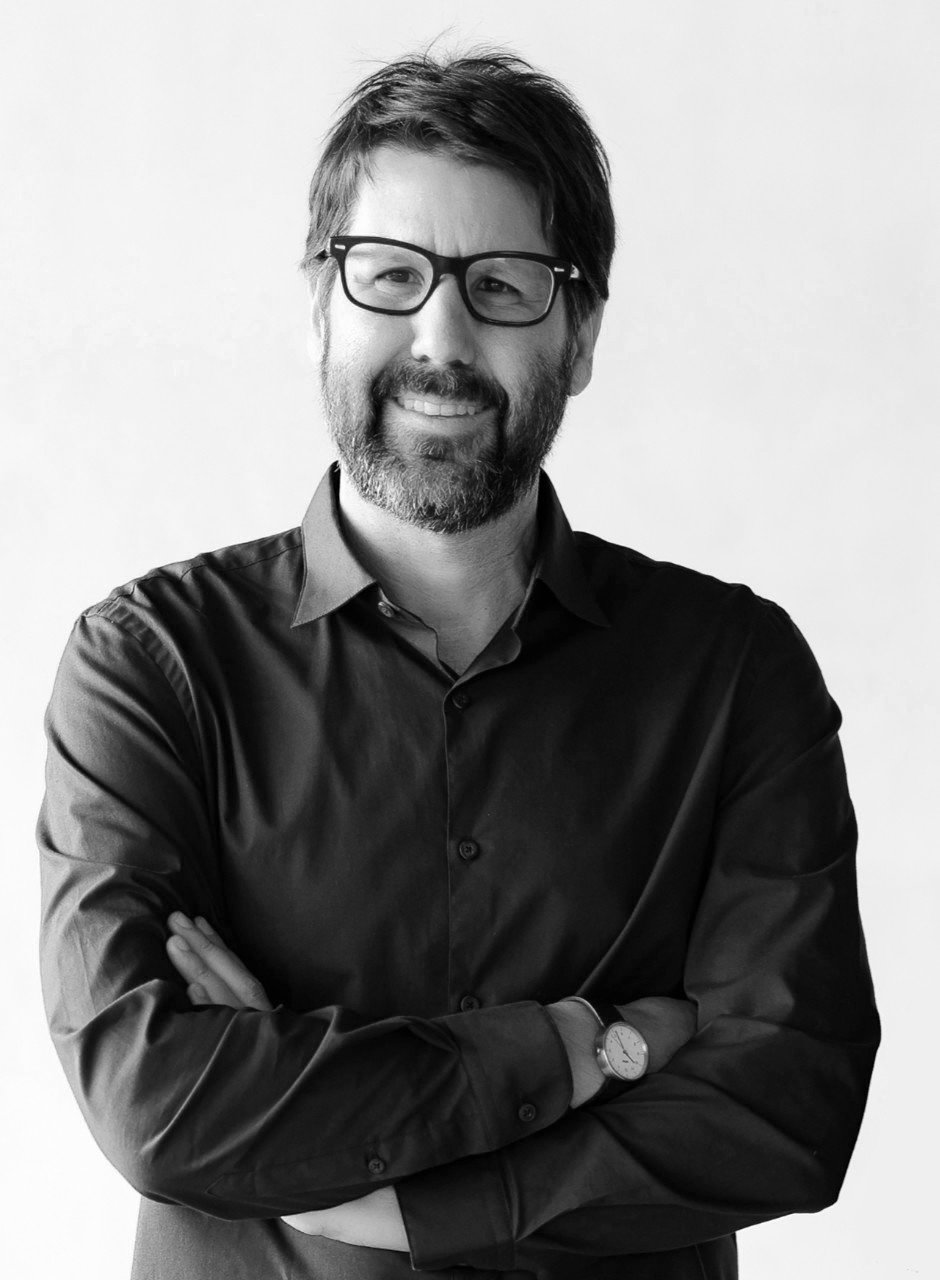
Bruno Campos|| BrazilGlobal Dialogues
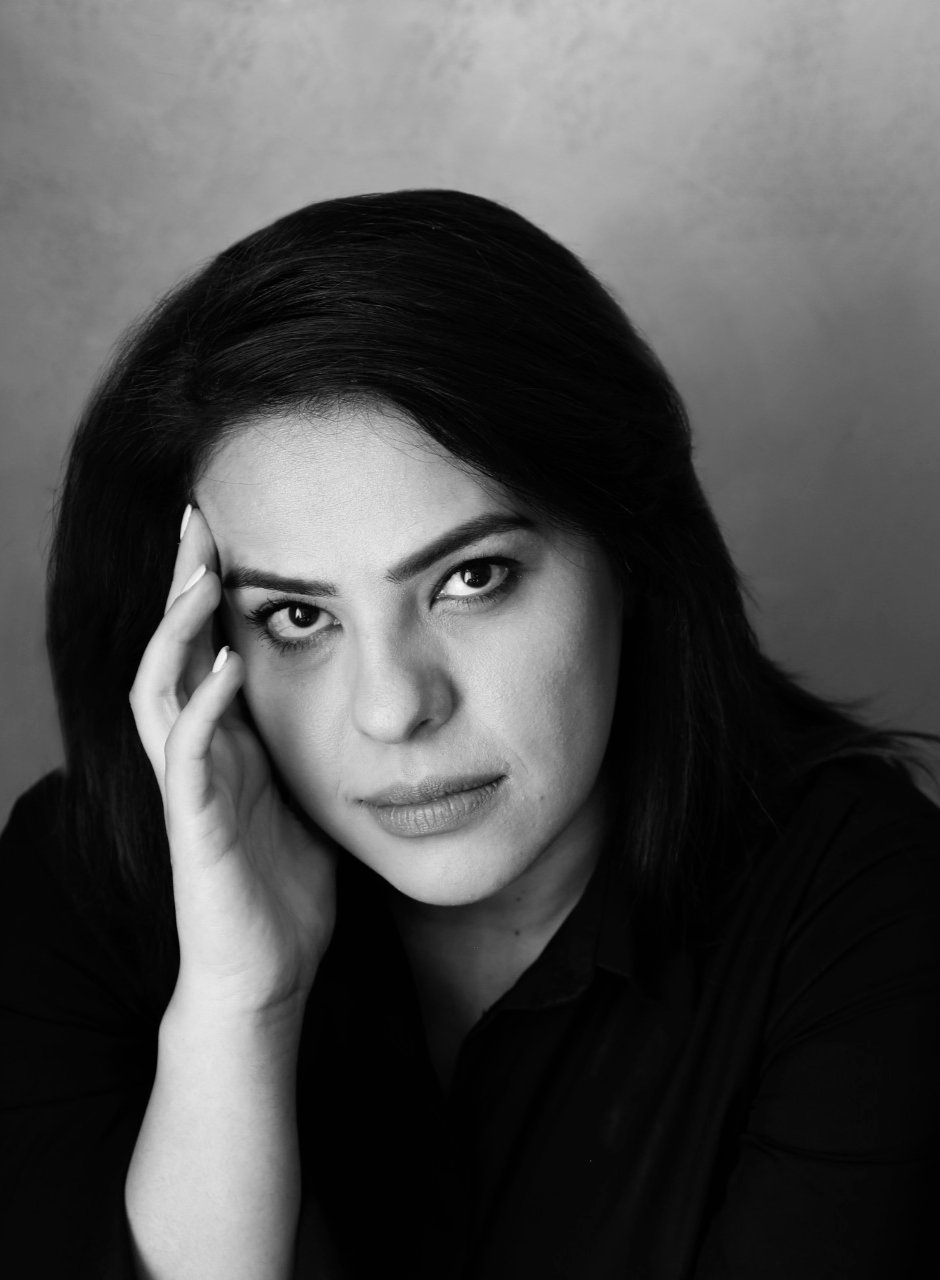
Habibeh Madjdabadi || IranGlobal Dialogues
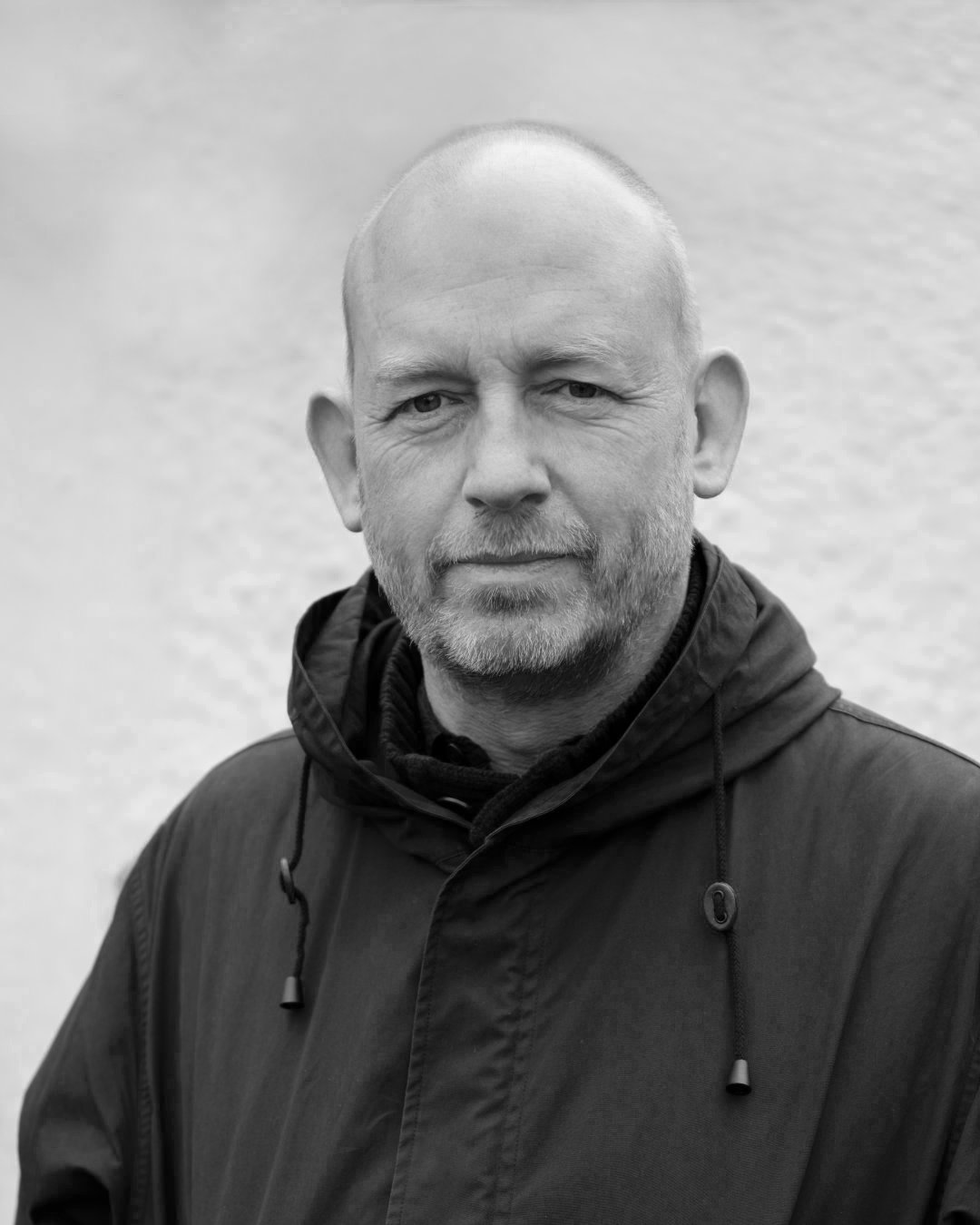
Jake Ford|| SwedenGlobal Dialogues
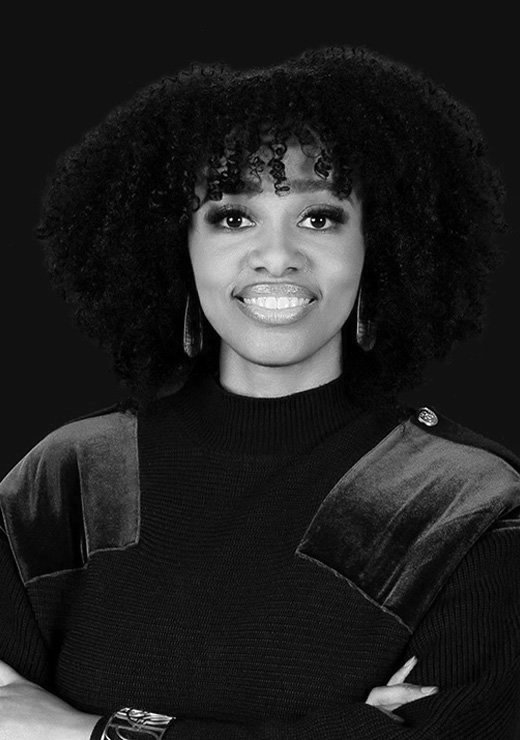
Pascale Sablan|| USAGlobal Dialogues
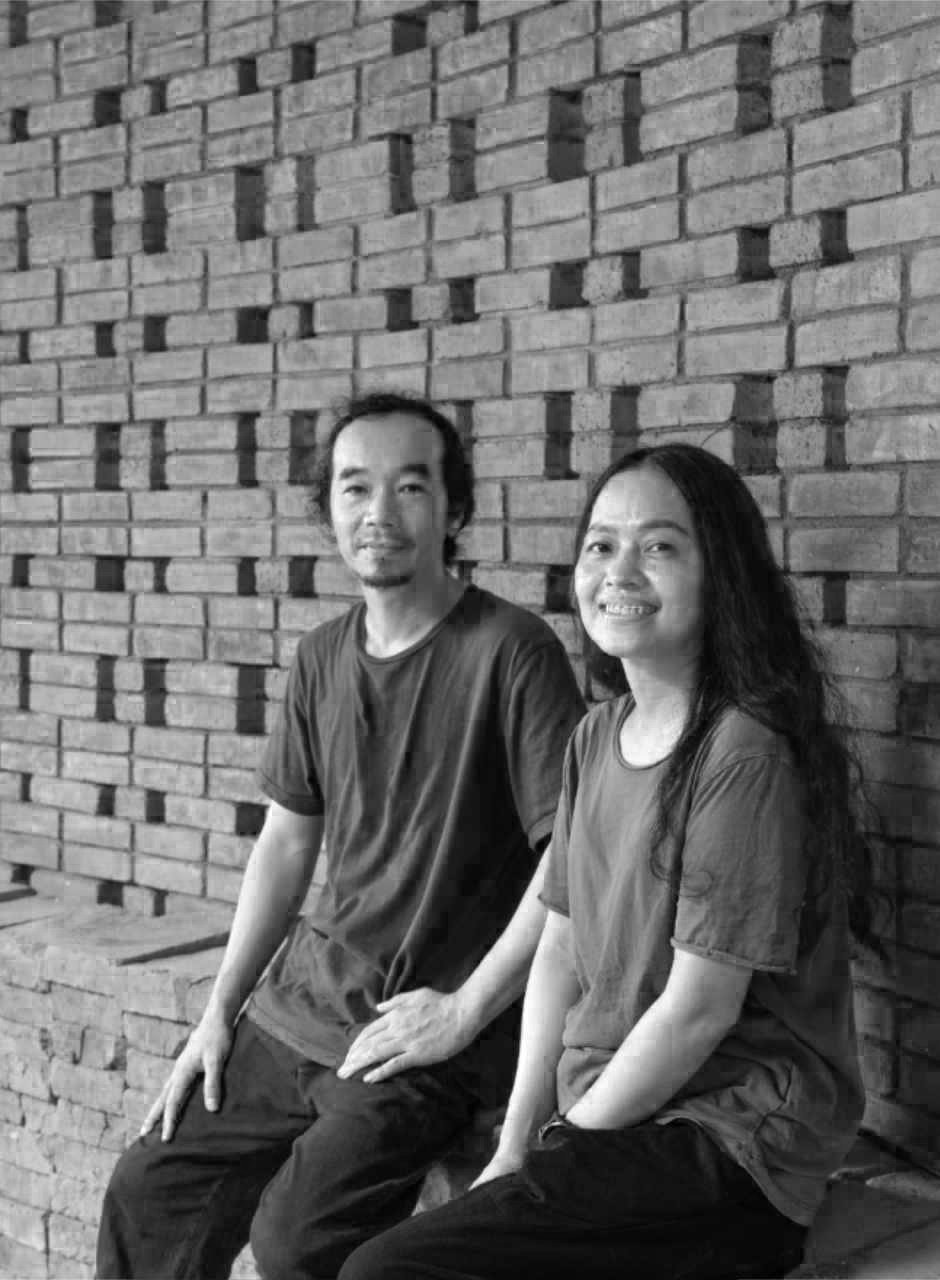
Tropical Space|| VietnamGlobal Dialogues
